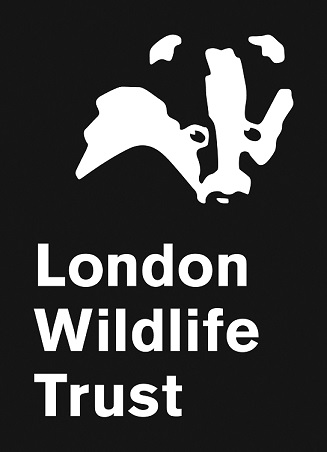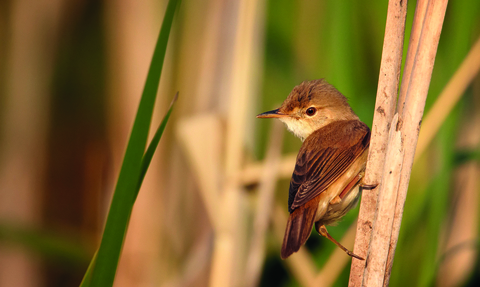
Reed warbler perched
Help London’s vulnerable species recover
How can your donation help London’s species recover?
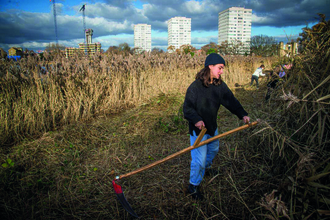
£20 could help pay for tools such as rakes and scythes
to maintain reedbeds for reed warblers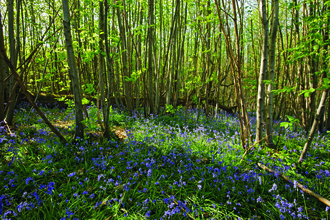
£40 could help pay for livestock to graze
and enable the perfect hazel dormouse habitat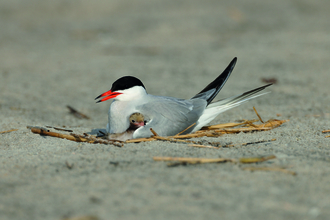
£100 could help pay for protective floating rafts
so that common terns can breed safely in London wetlandsIn the 19th Century, the common tern was brought to the edge of extinction in Britain as its feathers were in high demand for fashionable hats. Today their numbers are decreasing again, this time due to a lack of suitable breeding habitat. Just 20 years ago there were 40 breeding pairs in London’s Lee Valley – in 2018 just one solitary pair was observed at Walthamstow Wetlands, hanging on to survival.
Habitat loss and degradation has impacted wildlife all over London. It’s not an issue that can be solved overnight, but there is something you can do about it. You can help ensure that species like common terns, reed warblers, dormice and slow-worms have safe spaces to call their home.
-
Common terns use specially designed tern rafts at Walthamstow Wetlands to breed – these rafts deter gulls from predating their eggs, so can help the tern population grow and stabilise.
-
Reed warblers need healthy, substantial reedbeds like those at Woodberry Wetlands in order to breed. Restoring and managing reedbeds can also help species in decline like sedge warblers.
-
Dormice numbers in Britain have declined by 50% since 2000. Protection and management of ancient woodland habitat with rotational coppicing is vital for their survival. It also allows species like nightingales, wild garlic and English bluebells to flourish.
-
Slow-worm numbers have been in decline recently. They rely on the warmth of the sun to regulate their temperature and safe space to roam in order to mix their gene-pool. Providing them with sunny glades and reptile corridors helps them thrive, along with bees and butterflies.
Your donation means that London Wildlife Trust can restore, protect and maintain the habitats that are vital to the survival of vulnerable species.
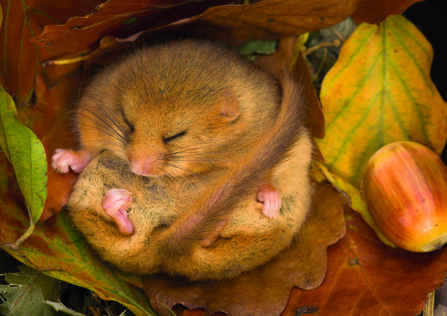
Photo credit: Danny Green
Hibernating dormouse
All donations to this appeal are unrestricted. Any donations above the amount required for species recovery work will be used where they are needed most to protect London’s wildlife.
If you would prefer to support London Wildlife Trust with a regular donation you can become a member.
You can also donate:
- By post - please download and complete our donation form and send a cheque made payable to London Wildlife Trust: London Wildlife Trust, Dean Bradley House, 52 Horseferry Road, London, SW1P 2AF.
If you aren't able to print our donation form please send a note with your cheque including your name and contact details and let us know if you would like to Gift Aid your donation, so we can send you a Gift Aid declaration form in the post. Unfortunately we cannot claim Gift Aid from your donation unless you have filled in a Gift Aid declaration form.
You are welcome to donate anonymously if you wish.
- Alternatively you can donate by phone - call 0207 803 4272 (Monday – Friday, 9.30am – 5.30pm).
Thank you
